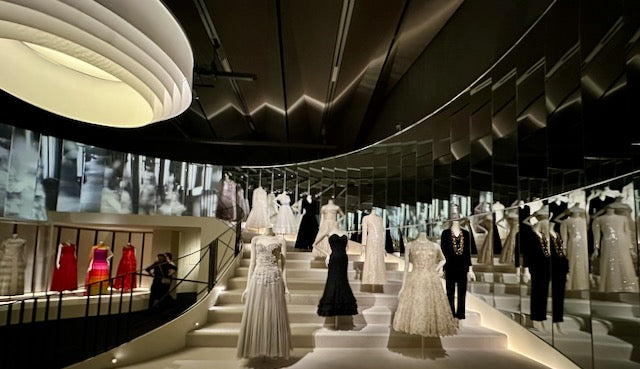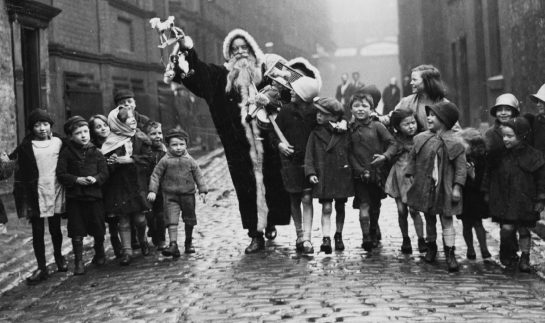
Paul Poiret, born in 1879, was a leading French fashion designer and a master couturier during the first two decades of the 20th century. He was known in Paris as “le Magnifique” and his contributions to his field have been likened to Picasso's legacy to 20th-century art[1].

Poiret's models (circa 1911)
Poiret is credited with freeing women from corsets - inventing "hobble" skirts, "harem" pantaloons, and "lampshade" tunics. His pioneering and radical approach to dressmaking relied on the skills of draping rather than tailoring and pattern making.
Coat - (1912)
Yellow satin, pale blue silk overlaid with gold filé embroidery, and black silk velvet
Using bright colors, exotic fabrics and motifs inspired by Asian cultures and Russian folklore, Poiret designed simply-constructed clothing.
Costume with Harem Pants (1911)
He was the first couturier to introduce perfumes commercially, launching ‘Pafums de Rosine’, named after his daughter Rosine, in 1911. La Rose de Rosine (1912) was a soliflore perfume based on the rose.

Paul Poiret's work had a significant influence on modernism. His clothing designs, in what we in the UK would call the Edwardian era, seem visionary and 'before their time’. Paul Poiret was a casualty of the crash in 1929 and his business closed. He died in 1944.
Turban (1911)



